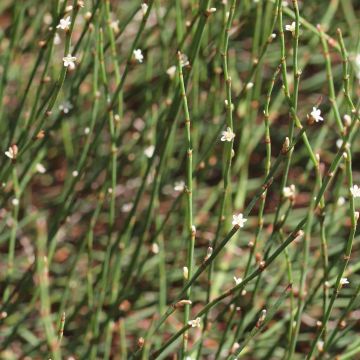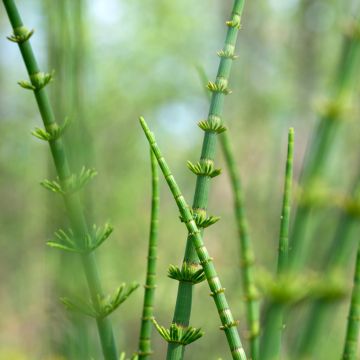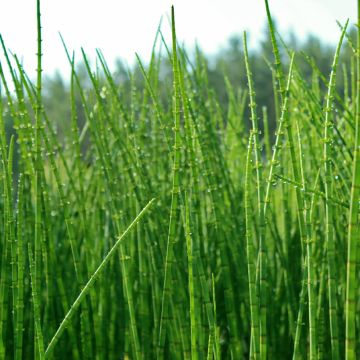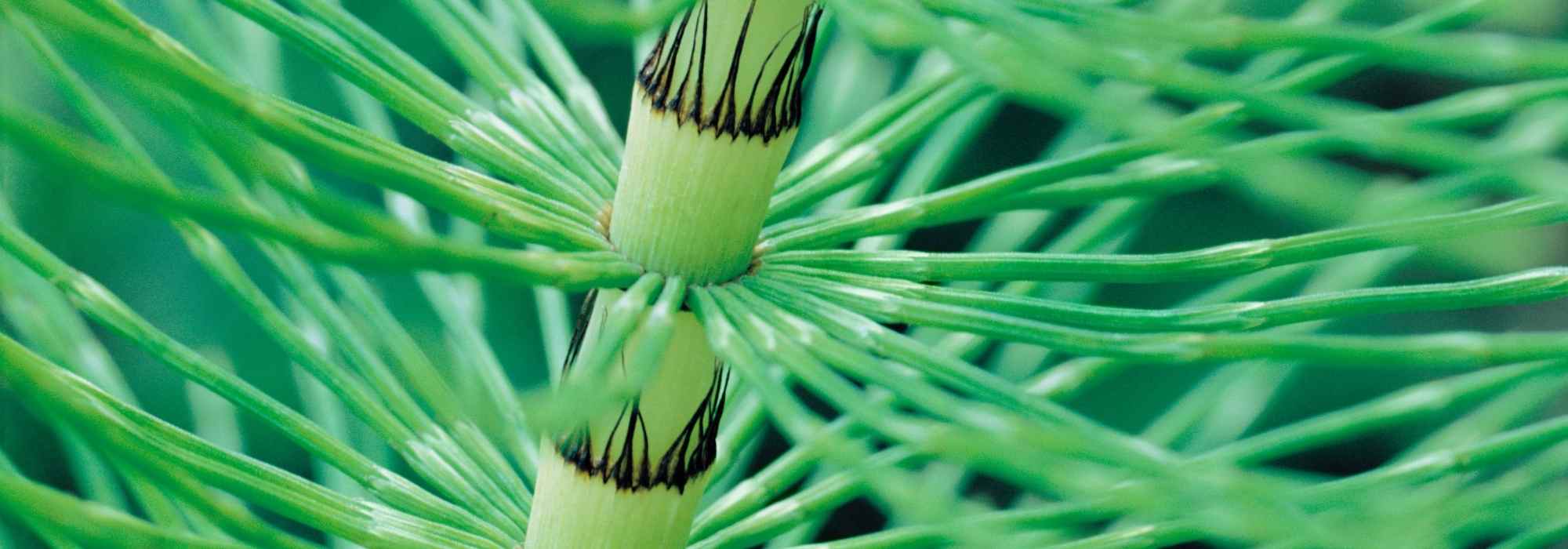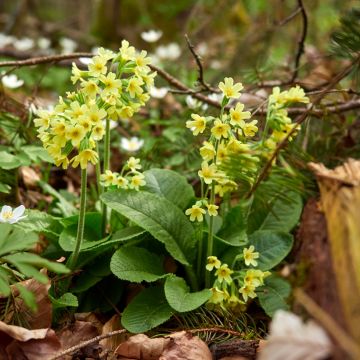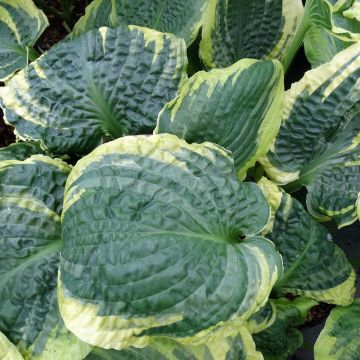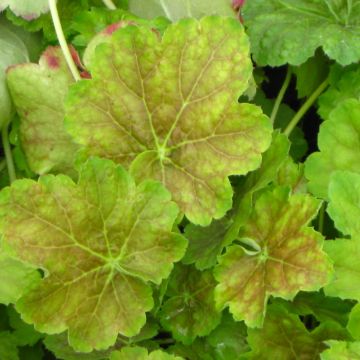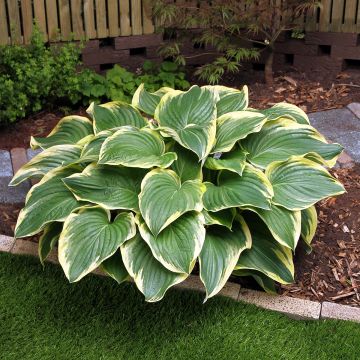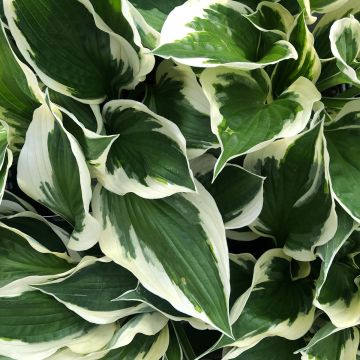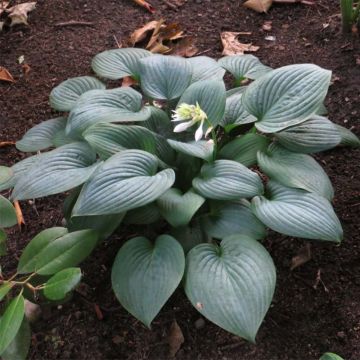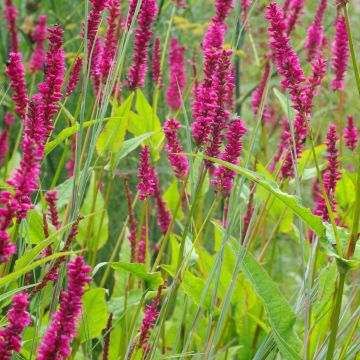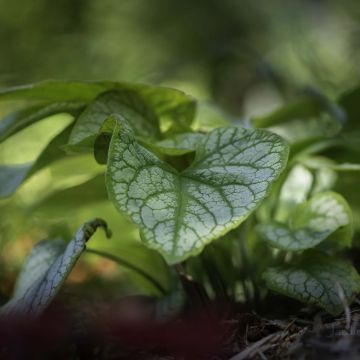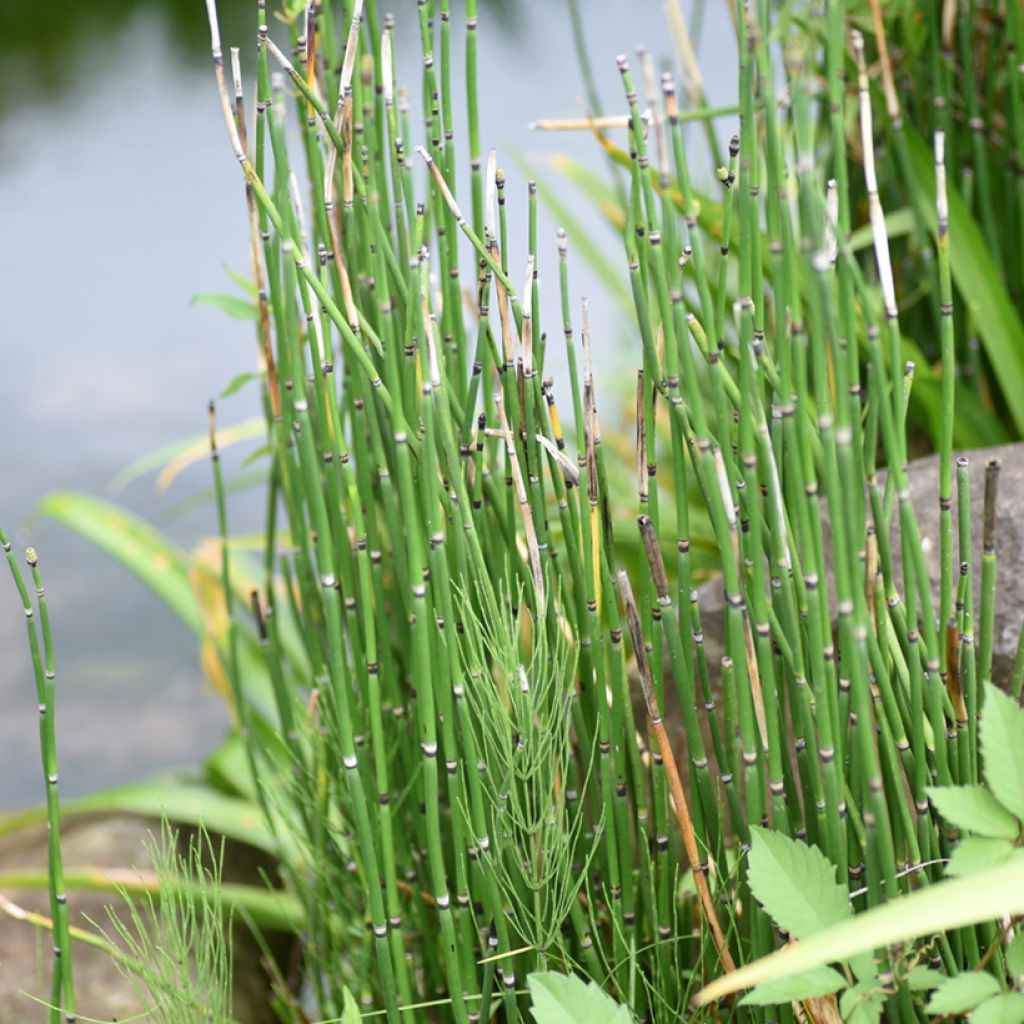

Equisetum hyemale
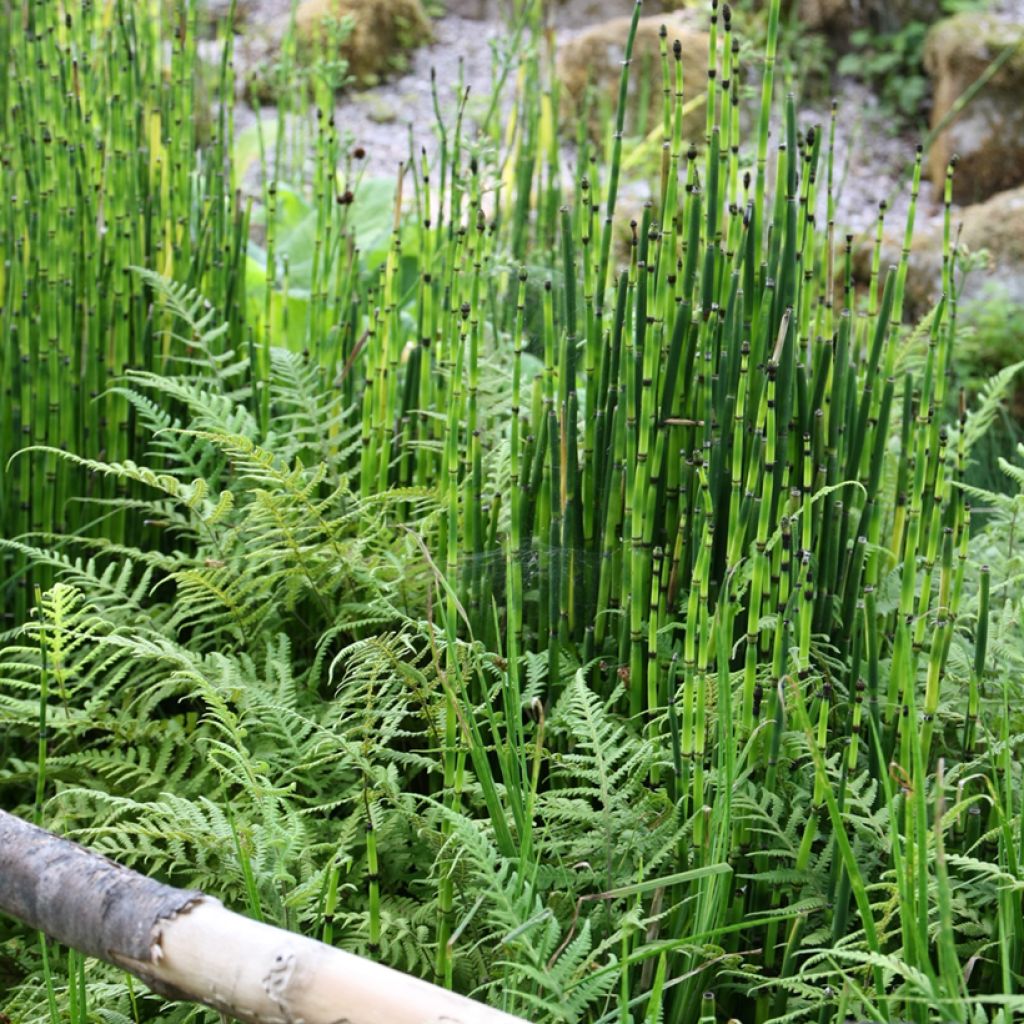

Equisetum hyemale
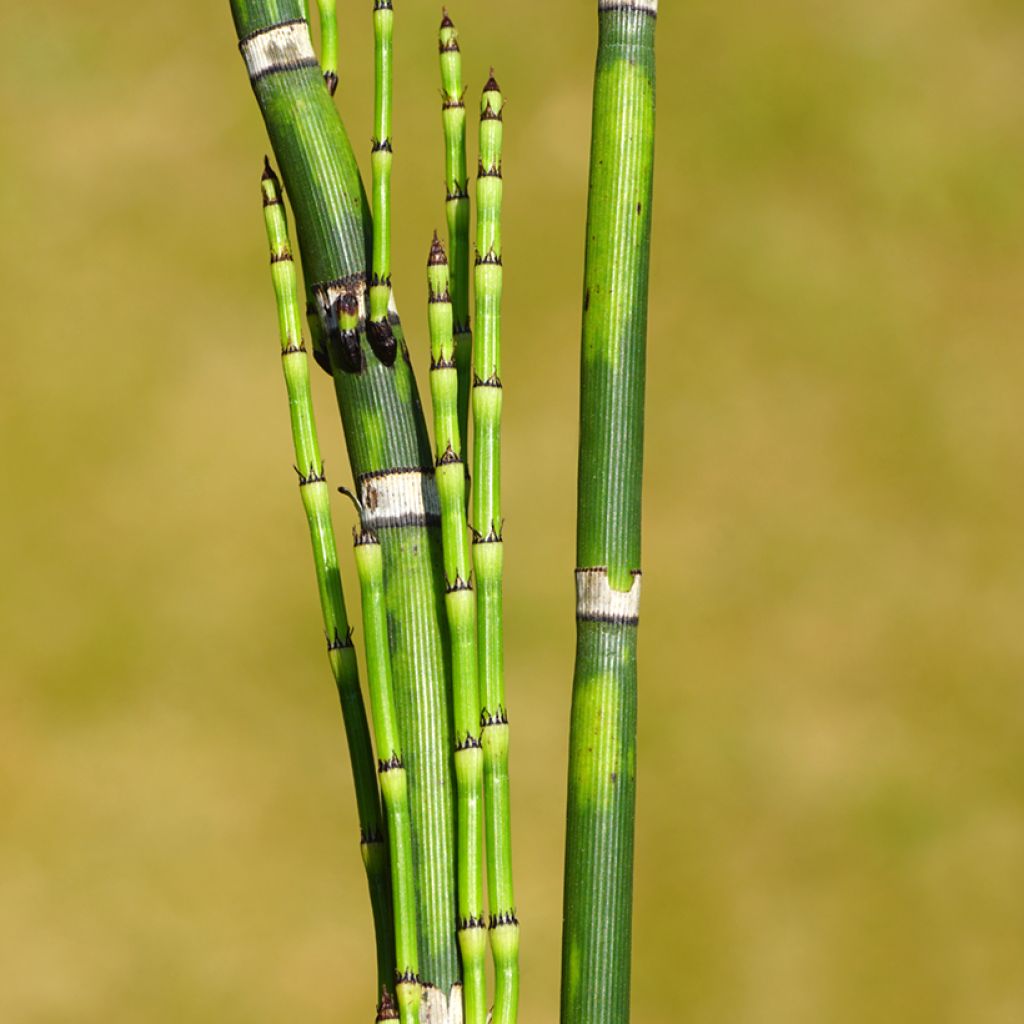

Equisetum hyemale
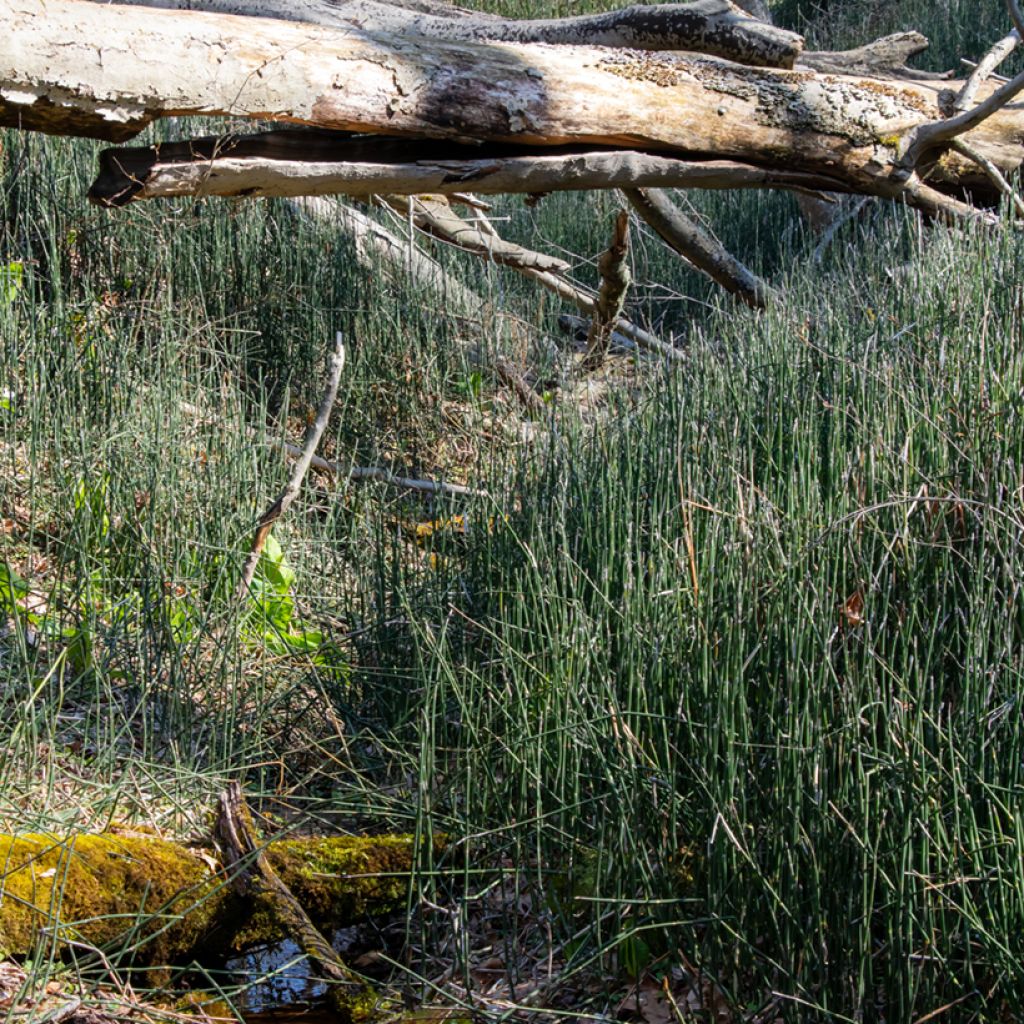

Equisetum hyemale
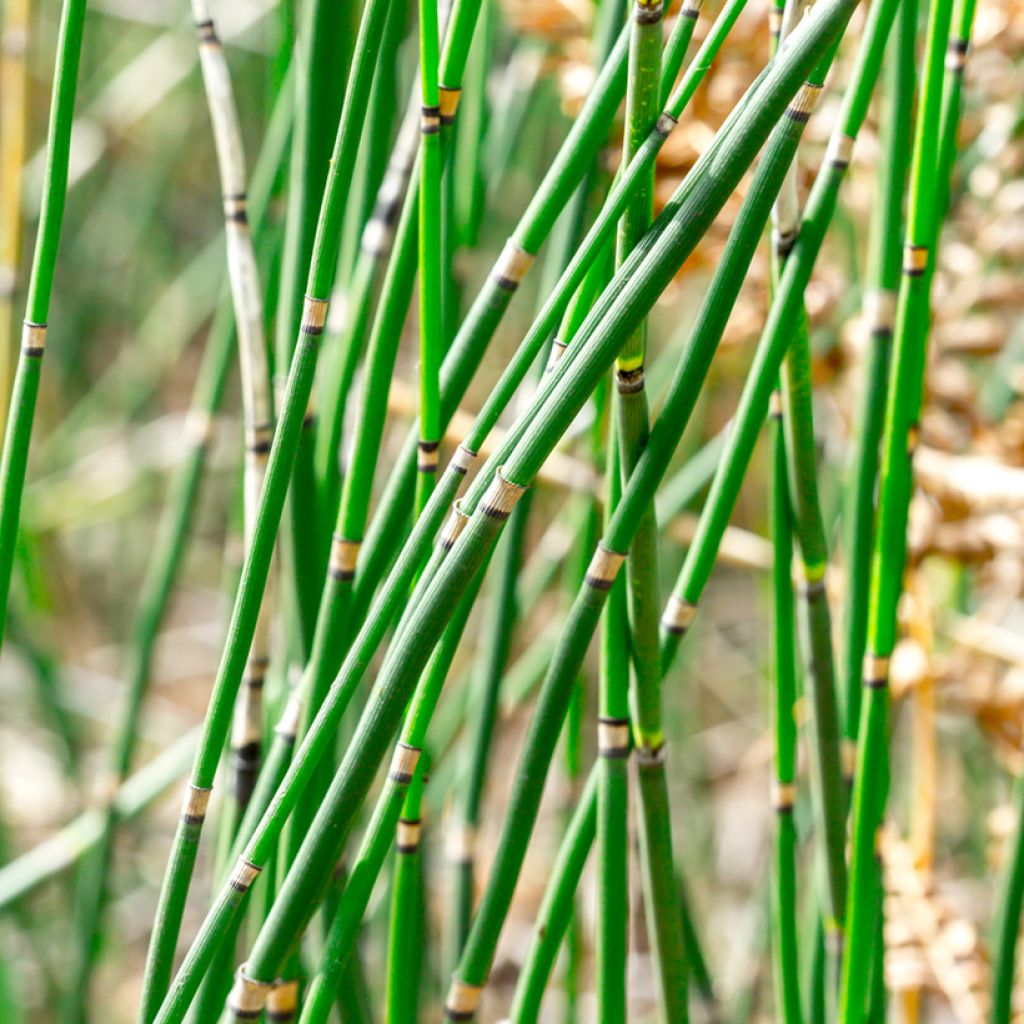

Equisetum hyemale
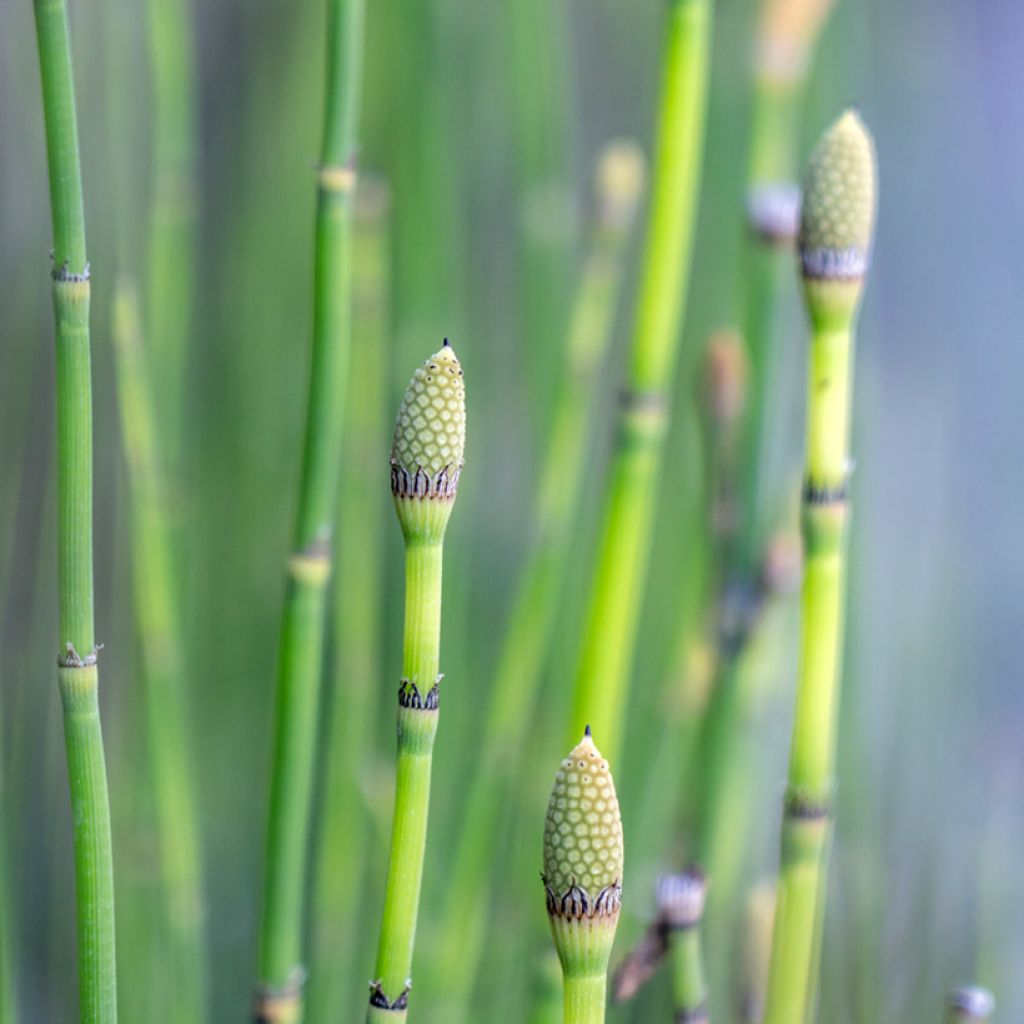

Equisetum hyemale
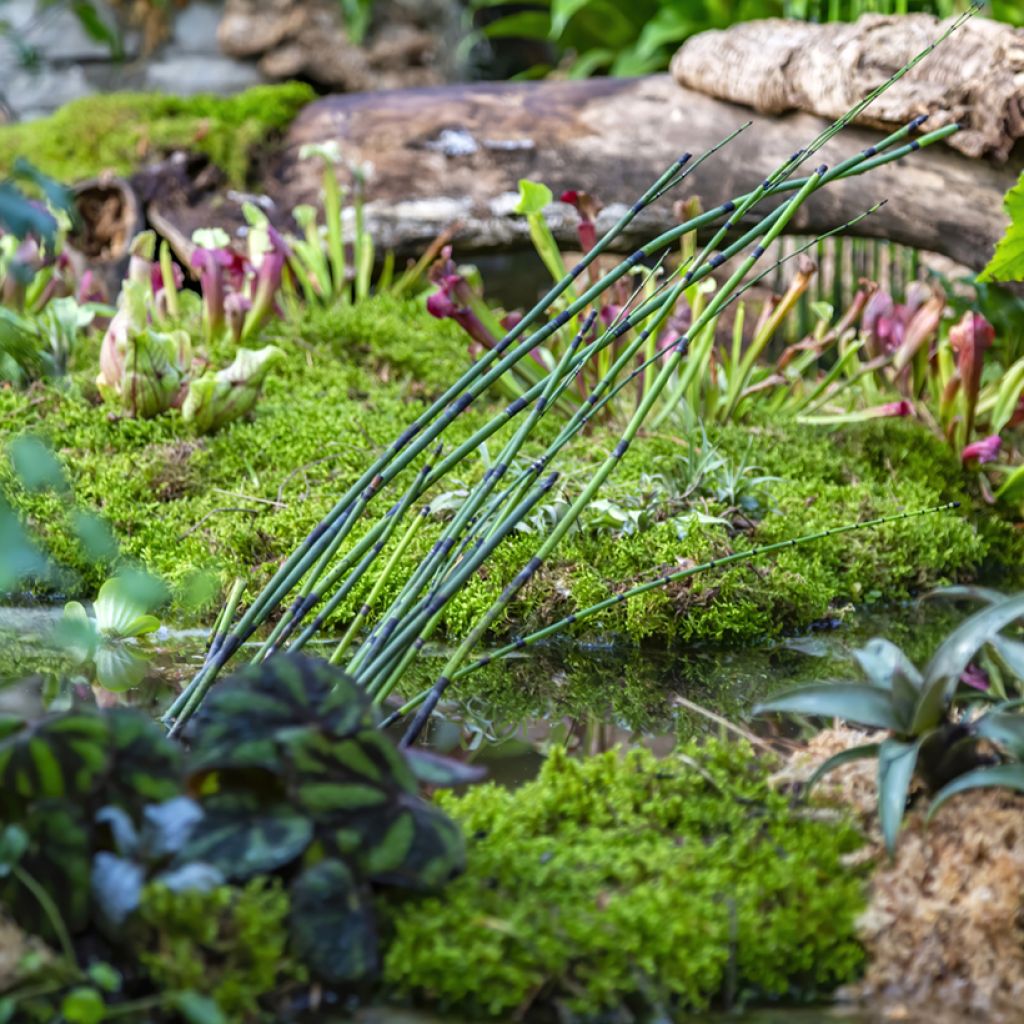

Equisetum hyemale
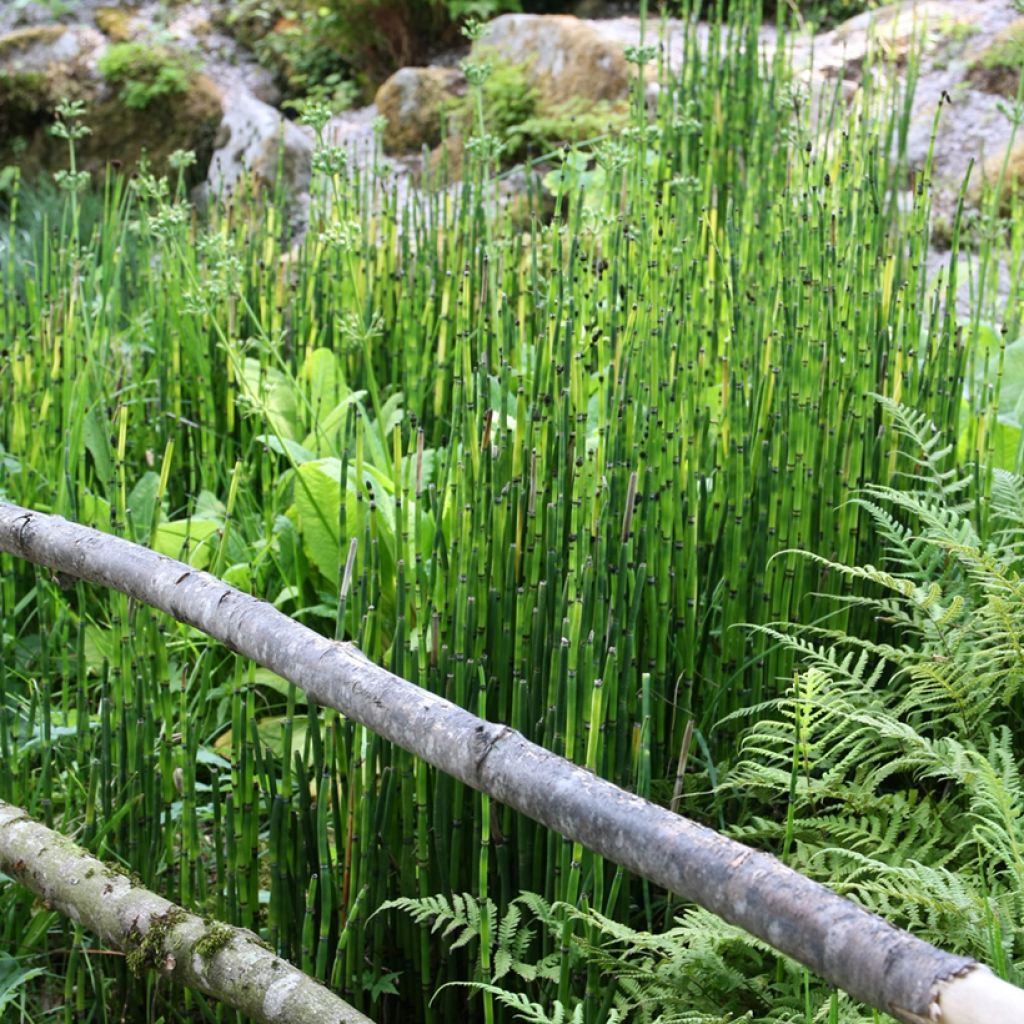

Equisetum hyemale
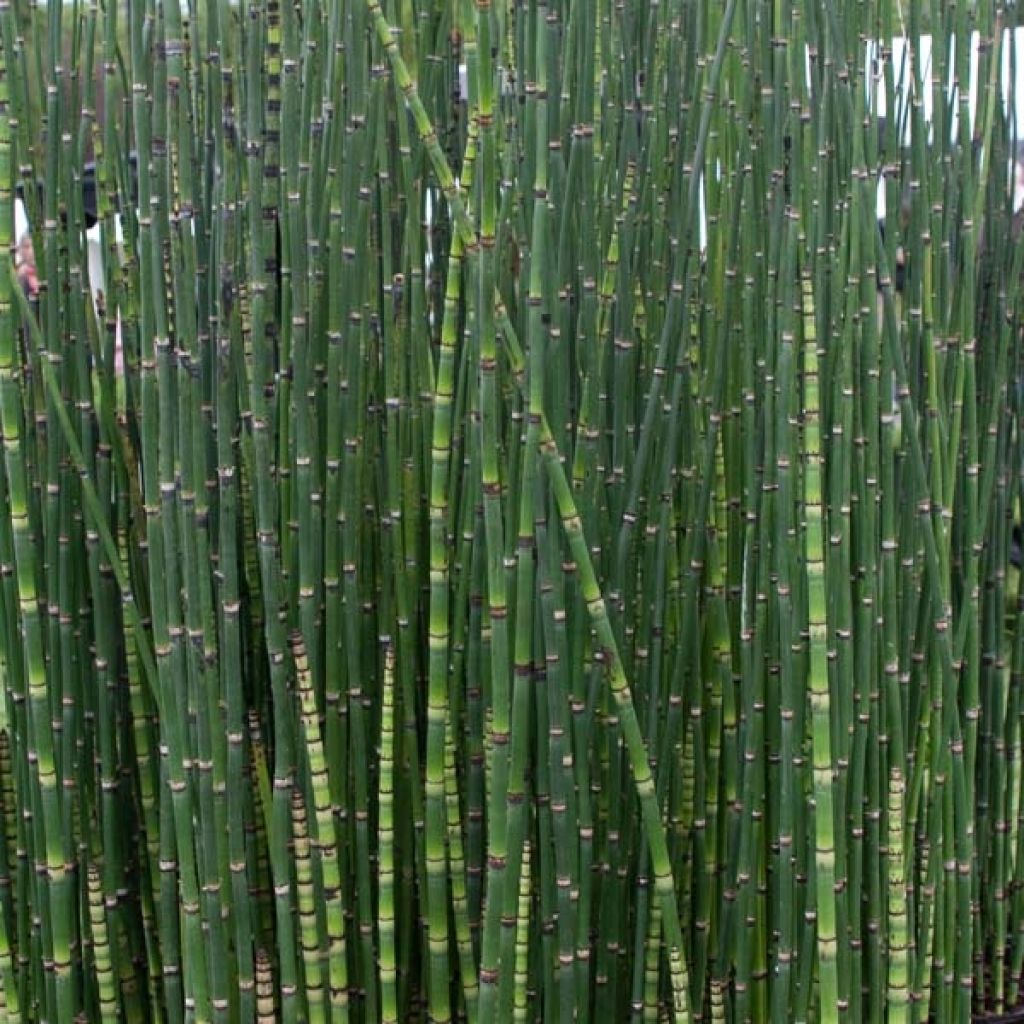

Equisetum hyemale
Equisetum hyemale
Equisetum hyemale
Winter Horsetail
Great mystery. Planted in autumn, it hasn't shown any signs of life yet this spring...
Fred, 31/03/2025
Special offer!
Receive a €20 voucher for any order over €90 (excluding delivery costs, credit notes, and plastic-free options)!
1- Add your favorite plants to your cart.
2- Once you have reached €90, confirm your order (you can even choose the delivery date!).
3- As soon as your order is shipped, you will receive an email containing your voucher code, valid for 3 months (90 days).
Your voucher is unique and can only be used once, for any order with a minimum value of €20, excluding delivery costs.
Can be combined with other current offers, non-divisible and non-refundable.
Home or relay delivery (depending on size and destination)
Schedule delivery date,
and select date in basket
This plant carries a 12 months recovery warranty
More information
We guarantee the quality of our plants for a full growing cycle, and will replace at our expense any plant that fails to recover under normal climatic and planting conditions.
Would this plant suit my garden?
Set up your Plantfit profile →
Description
The Winter Horsetail or Equisetum hyemale is a hardy and evergreen perennial that thrives in moist riverbanks. Its erect stems give it a very graphic appearance that can be used to structure flowerbeds, terraces, balconies, and pathways. Green and upright throughout the year, they are rhythmically marked by black rings regularly spaced along their entire height. This verticality is highly appreciated in any space and enhances the roundness of its neighboring plants. It is a plant that thrives in moderately rich and slightly acidic soil, tolerates frost, and can handle semi-shaded exposure, although it prefers sunlight.
Being fond of damp soil, Winter Horsetail is commonly used around ponds. However, if you have a plot of land that remains very moist for most of the year, you can also make it your own. On the other hand, its rhizomatous roots have a tendency to vigorously colonize its surroundings. Therefore, it can become invasive if not contained. Two solutions are then possible: installing a root barrier or planting it in a pot or container. It actually thrives perfectly well in this type of cultivation, and it will allow you to position it as you wish. Just make sure to water it regularly and keep it in a moist substrate. This way, you can place it near entrances, windows, and play with its slender and contemporary silhouette.
Equisetum hyemale can reach a height of 1 metre (3 feet). Its stems are rigid, straight, and often tightly packed (especially if they are confined to a limited space). Hollow and cylindrical in shape, they can reach a maximum diameter of 1 cm (1in). Considered as "living fossils," these plants have been present on Earth for a very long time. They have retained characteristics that may surprise us today. They reproduce through spores, do not have remarkable flowers, and their leaves reduce to small gray vertical lines outlined by a black ring. Positioned regularly along the stems, they mark segments of 3 to 10 cm (1 to 4in) that grow with the plant. They are topped with a small brown and black ovoid fruit.
Winter Horsetail is highly sought after for its graphic, minimalist, and streamlined ambiance. By multiplying pots in sober colours (gray, black, brown), you will enhance this effect and enjoy its presence throughout the year. On a balcony or in a courtyard, it instantly creates a decor that is energetic. In damp areas, it creates straight lines, curves, and cylindrical flowerbeds, according to your choice of placement. It contrasts elegantly with round, airy, or creeping plants. It is an easy perennial that requires little surveillance and proves to be long-lasting.
Equisetum hyemale in pictures






Foliage
Plant habit
Botanical data
Equisetum
hyemale
Equisetaceae
Winter Horsetail
Cultivar or hybrid
Other Equisetum - Horsetail
View all →Planting and care
Planting period
Intended location
Care
Planting & care advice
-
, onOrder confirmed
Reply from on Promesse de fleurs
Similar products
Haven't found what you were looking for?
Hardiness is the lowest winter temperature a plant can endure without suffering serious damage or even dying. However, hardiness is affected by location (a sheltered area, such as a patio), protection (winter cover) and soil type (hardiness is improved by well-drained soil).

Photo Sharing Terms & Conditions
In order to encourage gardeners to interact and share their experiences, Promesse de fleurs offers various media enabling content to be uploaded onto its Site - in particular via the ‘Photo sharing’ module.
The User agrees to refrain from:
- Posting any content that is illegal, prejudicial, insulting, racist, inciteful to hatred, revisionist, contrary to public decency, that infringes on privacy or on the privacy rights of third parties, in particular the publicity rights of persons and goods, intellectual property rights, or the right to privacy.
- Submitting content on behalf of a third party;
- Impersonate the identity of a third party and/or publish any personal information about a third party;
In general, the User undertakes to refrain from any unethical behaviour.
All Content (in particular text, comments, files, images, photos, videos, creative works, etc.), which may be subject to property or intellectual property rights, image or other private rights, shall remain the property of the User, subject to the limited rights granted by the terms of the licence granted by Promesse de fleurs as stated below. Users are at liberty to publish or not to publish such Content on the Site, notably via the ‘Photo Sharing’ facility, and accept that this Content shall be made public and freely accessible, notably on the Internet.
Users further acknowledge, undertake to have ,and guarantee that they hold all necessary rights and permissions to publish such material on the Site, in particular with regard to the legislation in force pertaining to any privacy, property, intellectual property, image, or contractual rights, or rights of any other nature. By publishing such Content on the Site, Users acknowledge accepting full liability as publishers of the Content within the meaning of the law, and grant Promesse de fleurs, free of charge, an inclusive, worldwide licence for the said Content for the entire duration of its publication, including all reproduction, representation, up/downloading, displaying, performing, transmission, and storage rights.
Users also grant permission for their name to be linked to the Content and accept that this link may not always be made available.
By engaging in posting material, Users consent to their Content becoming automatically accessible on the Internet, in particular on other sites and/or blogs and/or web pages of the Promesse de fleurs site, including in particular social pages and the Promesse de fleurs catalogue.
Users may secure the removal of entrusted content free of charge by issuing a simple request via our contact form.
The flowering period indicated on our website applies to countries and regions located in USDA zone 8 (France, the United Kingdom, Ireland, the Netherlands, etc.)
It will vary according to where you live:
- In zones 9 to 10 (Italy, Spain, Greece, etc.), flowering will occur about 2 to 4 weeks earlier.
- In zones 6 to 7 (Germany, Poland, Slovenia, and lower mountainous regions), flowering will be delayed by 2 to 3 weeks.
- In zone 5 (Central Europe, Scandinavia), blooming will be delayed by 3 to 5 weeks.
In temperate climates, pruning of spring-flowering shrubs (forsythia, spireas, etc.) should be done just after flowering.
Pruning of summer-flowering shrubs (Indian Lilac, Perovskia, etc.) can be done in winter or spring.
In cold regions as well as with frost-sensitive plants, avoid pruning too early when severe frosts may still occur.
The planting period indicated on our website applies to countries and regions located in USDA zone 8 (France, United Kingdom, Ireland, Netherlands).
It will vary according to where you live:
- In Mediterranean zones (Marseille, Madrid, Milan, etc.), autumn and winter are the best planting periods.
- In continental zones (Strasbourg, Munich, Vienna, etc.), delay planting by 2 to 3 weeks in spring and bring it forward by 2 to 4 weeks in autumn.
- In mountainous regions (the Alps, Pyrenees, Carpathians, etc.), it is best to plant in late spring (May-June) or late summer (August-September).
The harvesting period indicated on our website applies to countries and regions in USDA zone 8 (France, England, Ireland, the Netherlands).
In colder areas (Scandinavia, Poland, Austria...) fruit and vegetable harvests are likely to be delayed by 3-4 weeks.
In warmer areas (Italy, Spain, Greece, etc.), harvesting will probably take place earlier, depending on weather conditions.
The sowing periods indicated on our website apply to countries and regions within USDA Zone 8 (France, UK, Ireland, Netherlands).
In colder areas (Scandinavia, Poland, Austria...), delay any outdoor sowing by 3-4 weeks, or sow under glass.
In warmer climes (Italy, Spain, Greece, etc.), bring outdoor sowing forward by a few weeks.































